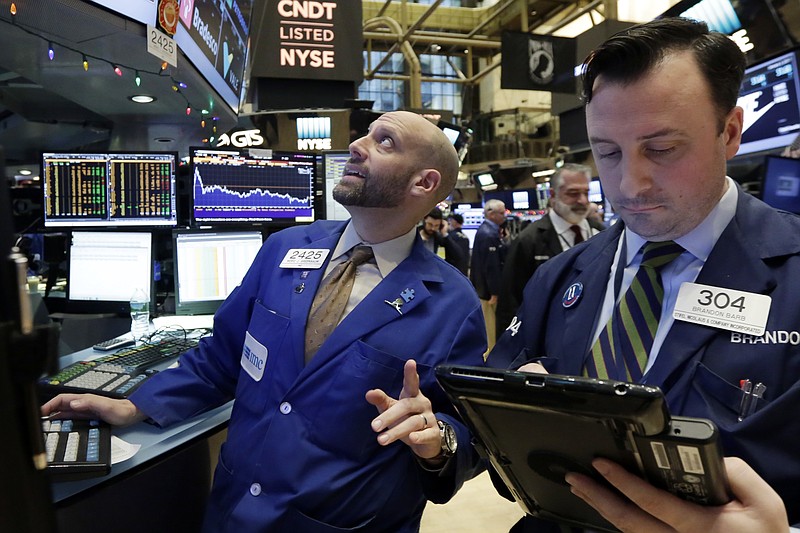For a year that promised extraordinary uncertainty (and delivered in spades), 2016 delighted stock investors with a post-election rally that drove the S&P 500 index higher by nearly 12 percent. As is often the case, investor optimism has also rallied along with stock prices, raising concern as to whether expectations for future returns may have gotten a little ahead of fundamentals. History suggests that while not wildly overpriced, U.S. equities are fully valued and prudent investors should anticipate somewhat lower returns moving forward.
Most every discussion of stock valuations begins with the P/E or price to earnings ratio. This is a quick and useful snapshot of stock prices related to net profits. Using earnings data for the past 12 months, the average P/E ratio for the S&P 500 stands at 24 (another way of saying stock prices average around 24 times earnings per share). Compared with a historical average of about 17, stocks appear expensive. But be aware that within the financial community, there is not a universally accepted definition of P/E, adding confusion to almost every discussion of valuation. Some analysts prefer to use "adjusted" earnings, excluding certain exceptional items and deriving a lower P/E, around 18. Others choose to guess what next year's profits will be, and calculate a "forward" P/E ratio of 19. Each of these alternative measures suggests that stocks are rich, but by smaller margins.
The price to earnings ratio is at best a very blunt tool, as imbalances can persist for a very long stretch of time before prices correct or earnings accelerate. In fact, there is practically no correlation between the P/E for a stock and its actual performance over the next year. But the metric does provide a quick look at prices relative to long-term averages.
Investors might be better served by focusing on trends in interest rates and inflation, particularly at long-term inflection points. It could easily be argued that we are experiencing such an inflection point, as a 35 year cycle of declines is pivoting into a secular cycle of increases that will impact the relative valuation of assets.
Many stock analysts utilize some sort of discounted cash flow model which attempts to place a current value on the expected stream of future cash flows like dividend payments. The key factor in estimating the current value is the level of interest rates. Lower rates necessarily impute higher present values, producing higher stock price targets. Conversely, as rates begin to rise over time, the opposite occurs: higher discount rates lead to lower present values and lower stock price targets. If we are indeed on the cusp of rising rates, one would expect lower P/E ratios moving forward. Unless earnings accelerate beyond reasonable expectation, the likely outcome would be a decline in prices.
Inflation works much the same way. Interest rates actually include a built-in inflation adjustment, so that as the CPI trends higher, investors demand compensation and bid interest rates higher as well.
One can observe the effect in the average P/E over the period of 1980 through 2001. Interest rates consistently trended downward from 16 percent to around 5 percent over that time, while P/E on the broad market marched fairly steadily from 9 to well over 40 before slamming into the internet bust.
No single indicator is screaming out that stocks are wildly overpriced, but many clues suggest that a continuation of above-average returns is unlikely to continue indefinitely. We also know that imbalances can continue for long periods. Still, investors might benefit by reassessing their long-term objectives in light of a reduced but realistic expectation for future returns.
Christopher A. Hopkins, CFA, is a vice president and portfolio manager for Barnett & Co. in Chattanooga.

